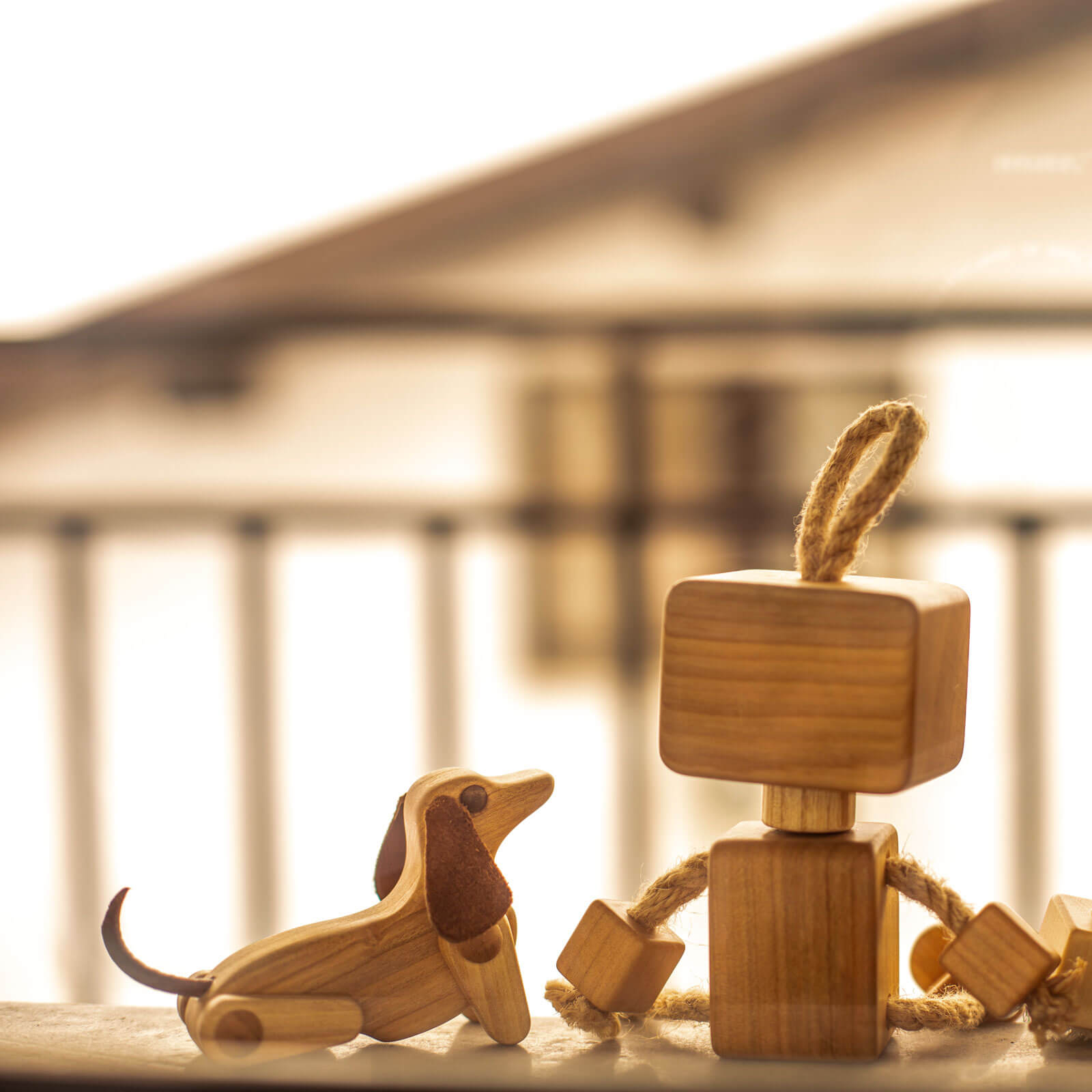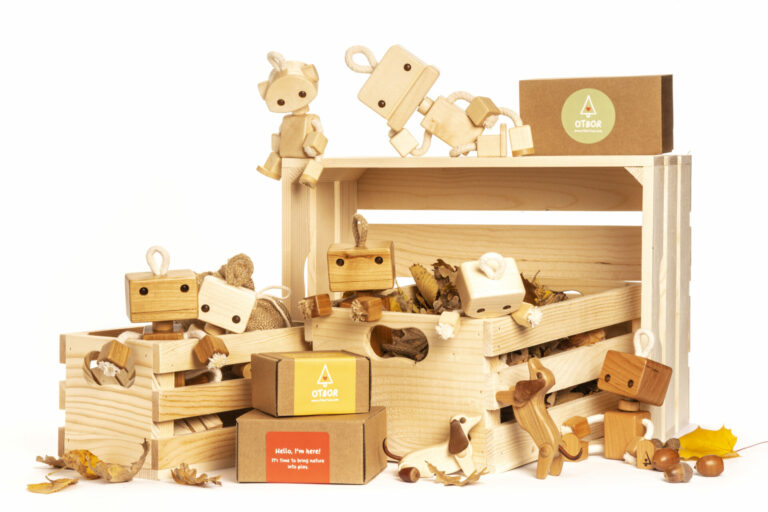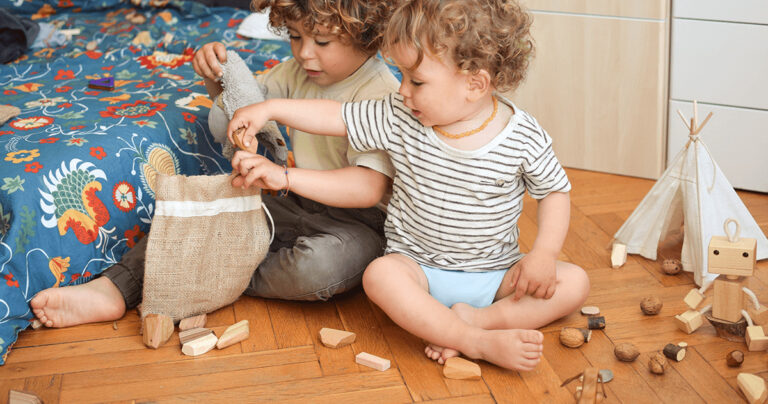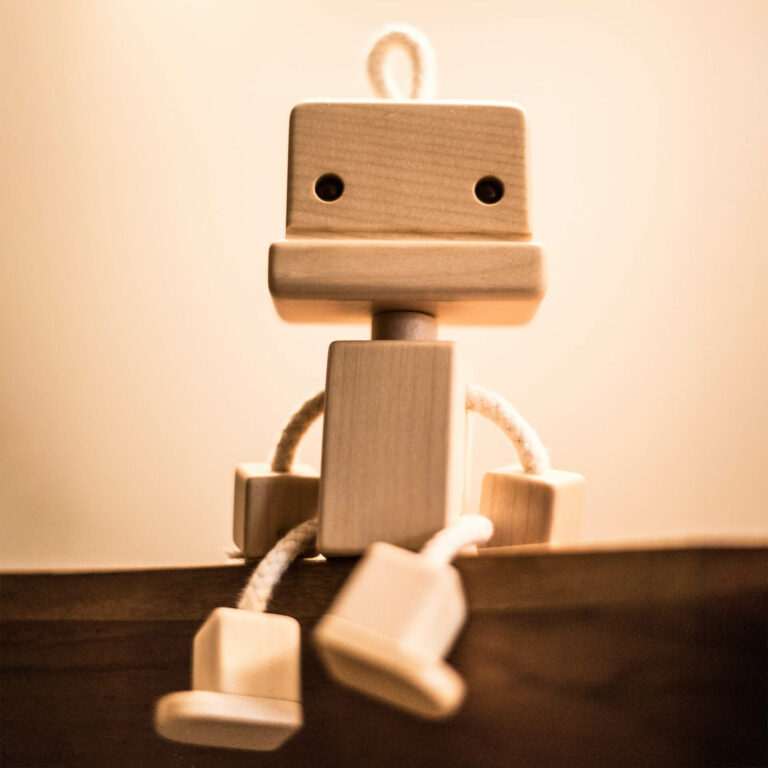In today’s overstimulated world, the playroom often mirrors the chaos of daily life — shelves overflowing with flashing, beeping toys that promise entertainment but rarely offer depth. Screens blink, music blares, and batteries drain — all in the name of play. But there’s a growing movement among conscious parents, Montessori educators, and child development experts that embraces a simpler, more intentional approach: fewer toys, more meaningful play.
At the heart of this movement are wooden toys — minimalistic, beautifully crafted, and open-ended in purpose. These timeless toys don’t need lights or sounds to capture a child’s attention. Instead, they invite children into a world of imagination, where a block can become a house, a bridge, or a boat, and a simple figure can transform into a hero, a chef, or a parent. While modern plastic toys aim to grab attention, wooden toys gently hold space for focus, creativity, and calm.
Choosing a wooden toy is not just a gift — it’s a decision to reduce overstimulation, to declutter the noise of modern play, and to support deeper, more mindful childhood development.
No plastic, no noise – just creativity and connection.
Less but Better: Why Minimalism Works in Play
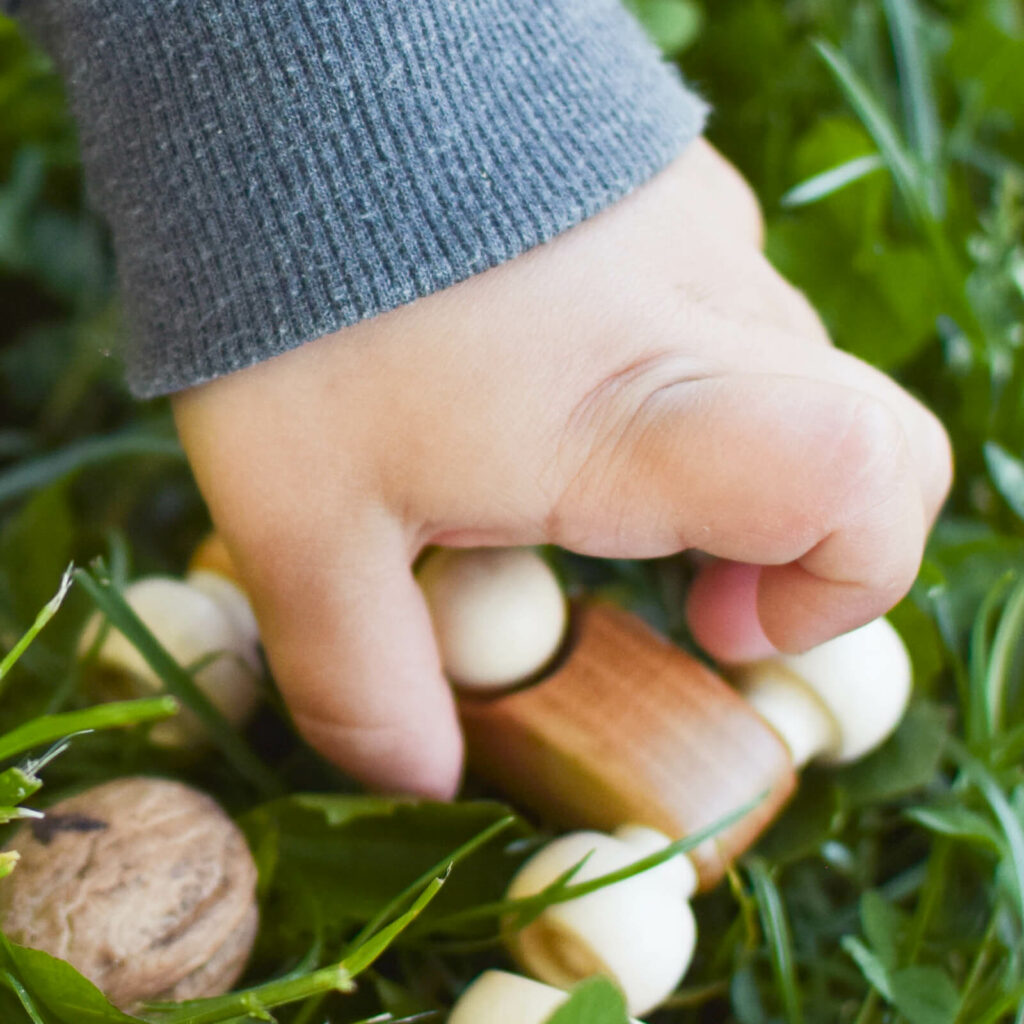
It’s not about depriving children of joy — it’s about clearing space for creativity. When the toy shelf is packed, a child’s attention is pulled in ten different directions. When the toys are fewer, and thoughtfully chosen, children engage more deeply and for longer periods. Wooden toys are perfect for this because they don’t dictate how to play — they invite exploration. A simple set of blocks becomes a zoo, a city, a spaceship. A wooden car can become part of a racing track one moment and a grocery truck the next. The possibilities aren’t limited by flashing lights or pre-recorded sounds — only by the imagination.
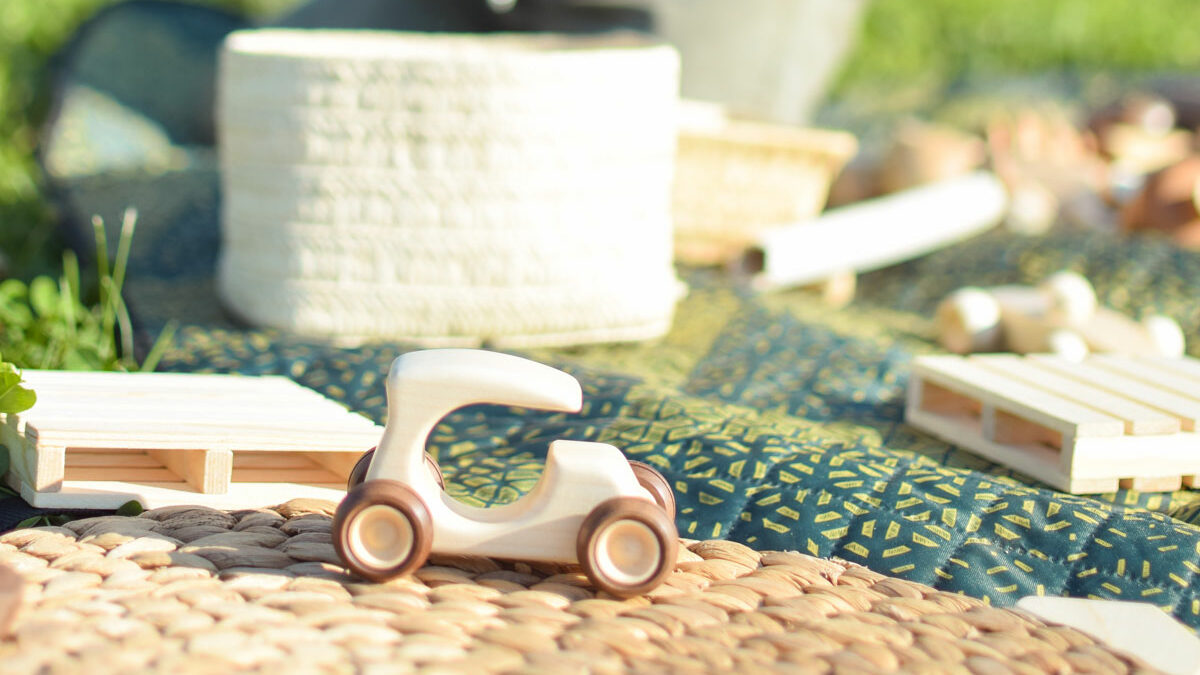
The Power of Decluttering the Toy Shelf
Decluttering toys is like detox for the playroom. When there’s less clutter, children move more freely, think more clearly, and play more creatively.
Try this: remove all the toys from the play space, then reintroduce only 10–15 versatile items — most of them wooden toys. You’ll likely notice a change: fewer meltdowns, longer attention spans, and more peaceful play. Minimalist spaces also encourage slow play — play that is unhurried, self-directed, and soothing to the nervous system.
Slow Play and the Need for Calm
Many children today are constantly overstimulated — from screens, synthetic toys, and fast-paced routines. This leads to shorter attention spans, stress, and even difficulty sleeping.
But wooden toys don’t overstimulate. They are quiet companions. Their natural textures and soothing tones bring a sense of calm into a child’s world. They slow things down, and this is essential — because children need stillness just as much as movement.
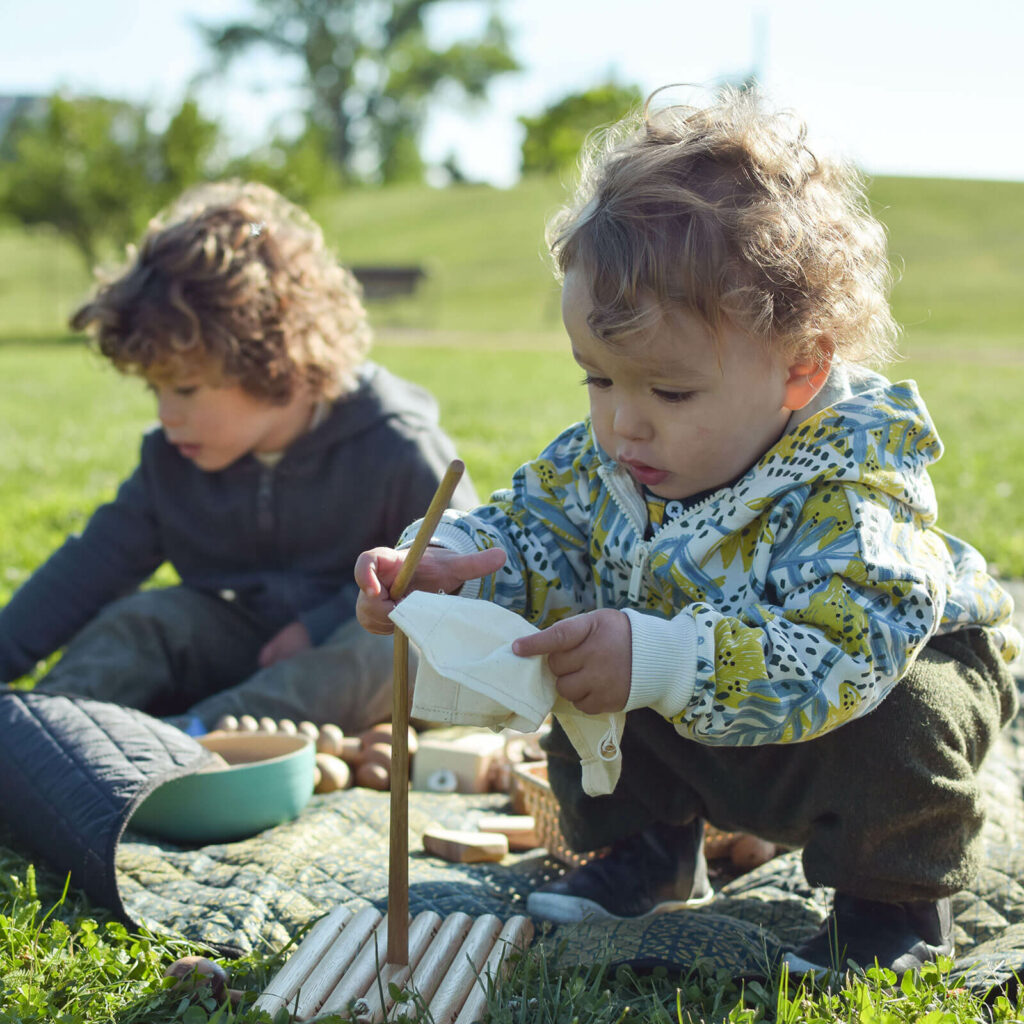
Before & After: A Calmer Playroom
Imagine two rooms. One is bursting with noise, plastic, flashing toys and tangled cables. The other is clean, light-filled, with a few wooden toys neatly arranged on low open shelves. One overwhelms, the other invites.
Which room would you prefer your child to explore? Minimalist playrooms aren't about aesthetic trends — they’re about protecting children’s attention, energy, and well-being. And wooden toys are the perfect tools to support this slow, mindful approach to play.
Final Thoughts
Less truly is more when it comes to play. Wooden toys offer children the space to create, imagine, and grow — without the noise. By choosing fewer but better toys, you offer your child deeper engagement, longer play, and a sense of peace.
Decluttering the toy shelf isn't just a parenting trend — it's a meaningful shift toward balance, simplicity, and connection. In this quiet space, children don’t need instructions — just freedom, imagination, and a wooden toy.
Explore our favorite wooden toys here → Shop
Read more about open-ended play inspiration: https://themontessorinotebook.com
